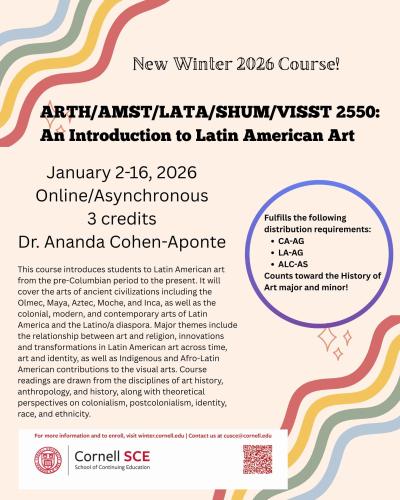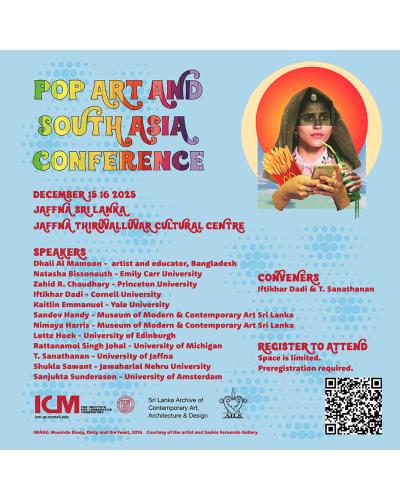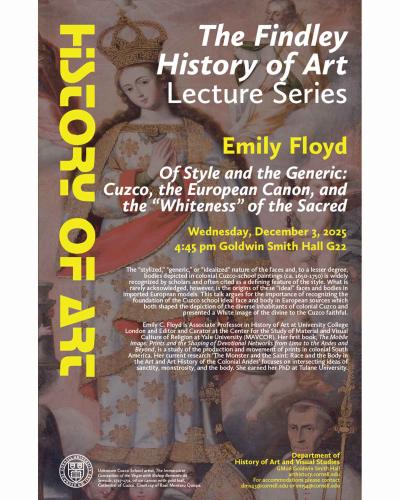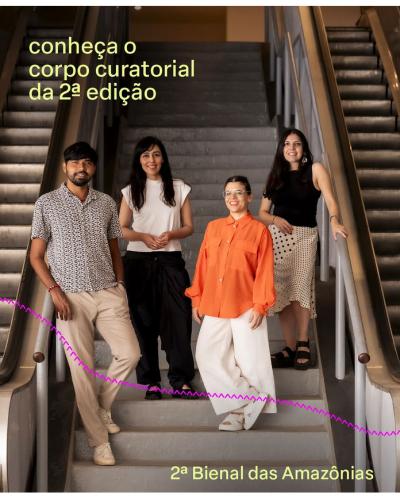
 Department Homepage
The College of Arts & Sciences
Department Homepage
The College of Arts & Sciences
Elizabeth Miller Francis ’47: She cultivated art and the environment through giving
Her bequest now brings researchers into the wild and the community into the museum.



